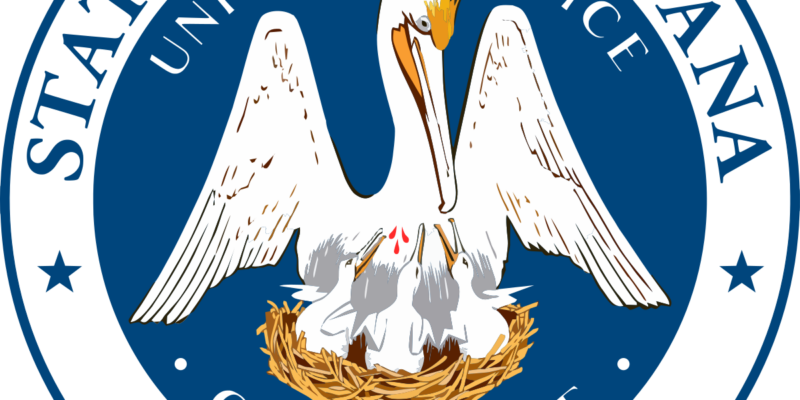The relief some hoped would materialize did arrive this week for Louisiana, but the bonus must be spent wisely, in a manner that eventually shrinks government.
The state’s Revenue Estimating Conference (REC) this week determined that Louisiana will have $130 million more for fiscal year 2024-25, and $139 million more projected for the following year, FY 2026. Policy-makers around the capitol had hoped to hear that the previous December projections had underestimated actual and forecast performance, but until now faced uncertainty due to a raft of tax code changes that kicked in at the start of this calendar year.
Because these new numbers don’t apply to previous fiscal years (as other REC meetings often involve a look back into the just-completed year), this wasn’t a declaration of surplus. The REC had the option to declare the additional revenues as recurring for the current and next fiscal periods—which it did. That means the funds may be spent without restriction, as opposed to being classified as nonrecurring, where only specific one-time expenditures are allowed.
But that doesn’t mean anything should go. Particular attention should be given to the recent budget decision to extend stipends to educators–a one-time cost in FY 2026 of just under $200 million. Because of the machinations of proposed constitutional amendments still winding their way through the legislative process, a stable and recurring funding mechanism to convert the stipend into a permanent pay raise won’t materialize until FY 2028 (or, with maneuvering, perhaps the latter half of FY 2027)—and not even then, unless the amendments pass voter muster into the Constitution. Thus, an unstable mélange of funding—a good chunk of it one-time in nature—was cobbled together for the FY 2026 stipend, with no certainty for a potential FY 2027 continuation.
The new-found funding could prop up the stipend. In particular, to come up with the scratch $92 million in capital purchases was slated to be delayed as well as dumping a $30 million intense tutoring program for students. Also, for other reasons early childhood education subsidies were pared back to the tune of $9 million. Restoration of these items with the FY 2026 bounty makes sense.
However, some of the funds may already be spoken for, due to a self-described “drafting error” among last year’s tax code changes and the failure of an amendment whose language could be inserted into statute. If so, some capital purchases may still need to be delayed in order to restore tutoring and early education subsidies, if the actual amount available drops to an estimated $60 million.
As for the FY 2025 bonus, aside from these potential complications, it should go toward reducing future commitments—principally through paying down debt and unfunded accrued liabilities. This would be a superior approach to financing capital outlay projects because these actions would free up recurring dollars. That, in turn, would put the hoped-for educator stipend for FY 2027 on more solid footing and provide a buffer for the future. That’s because for FY 2027 and beyond the two economists that present estimates to the panel voiced high uncertainty about conditions going into FY 2027 and beyond, given the national–and to a lesser degree state–policy environments undergoing a higher degree of flux than typical.
So, it seems the gamble over the stipend will pay off —and if the newfound dollars are used wisely, they can shore up that bet and lay a firmer foundation for the future.
Certainly, new commitments are unwise.
Advertisement
Advertisement

